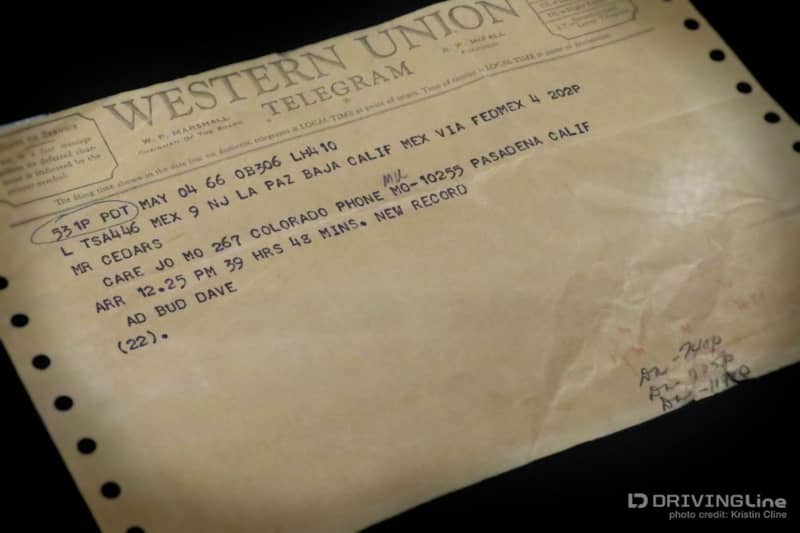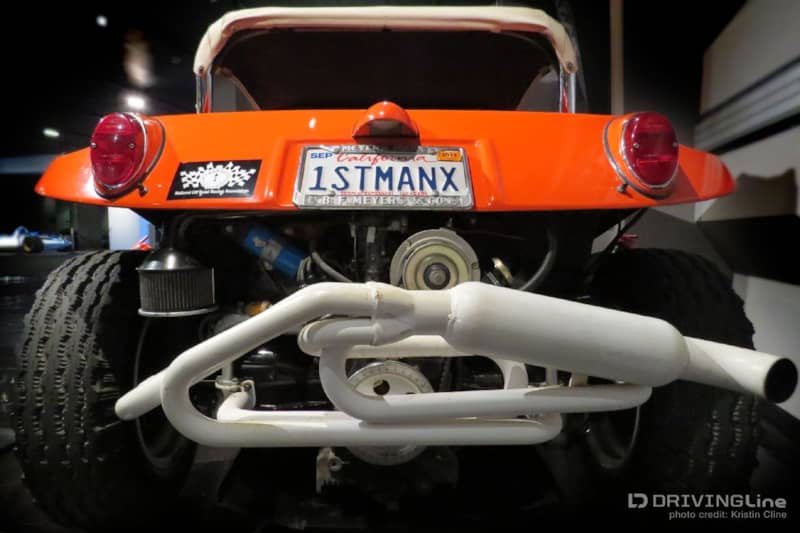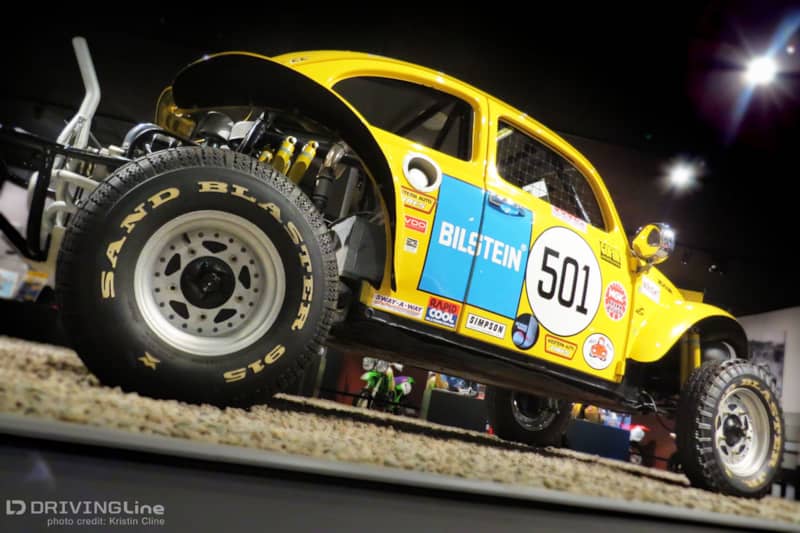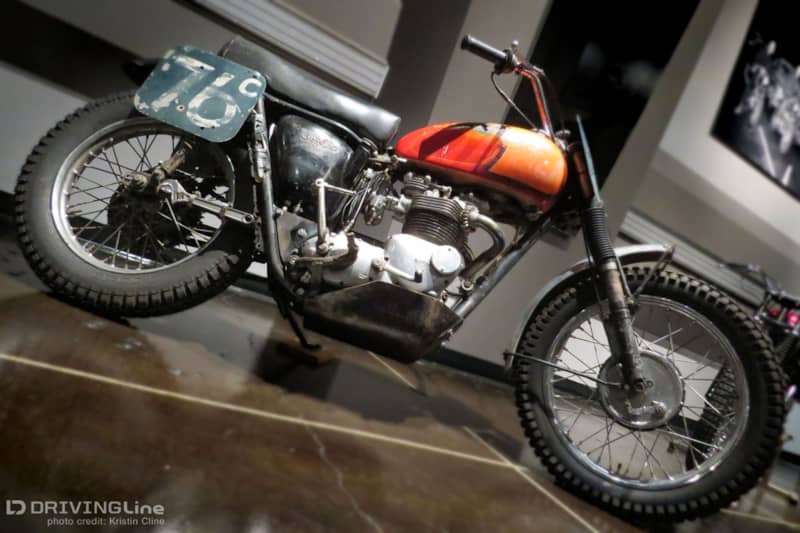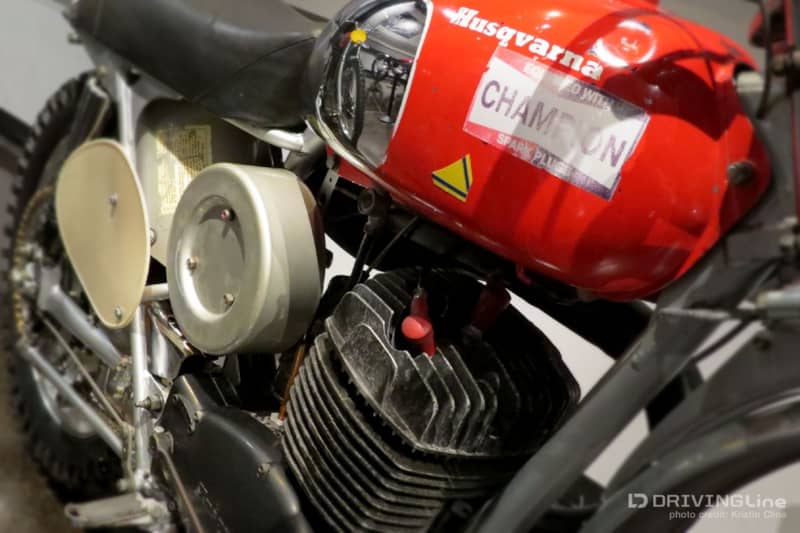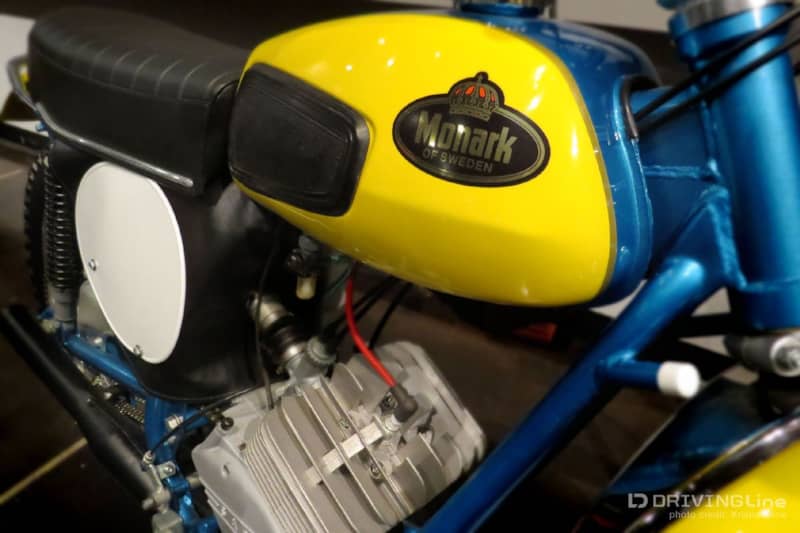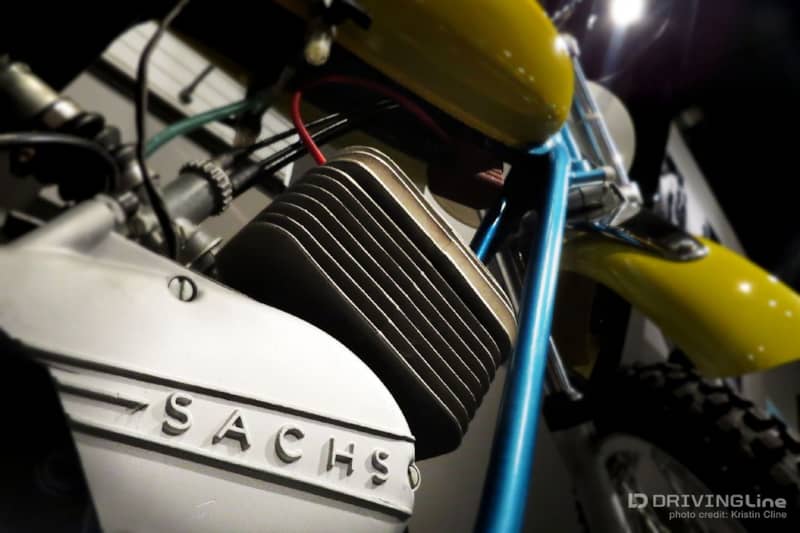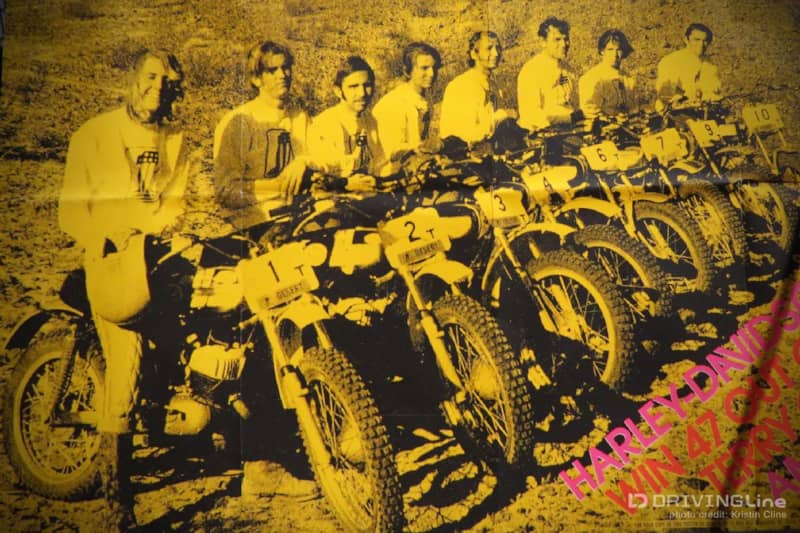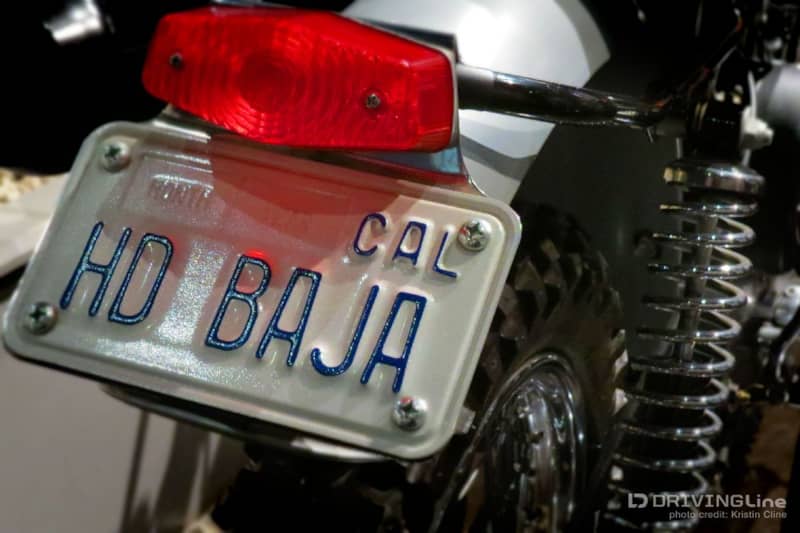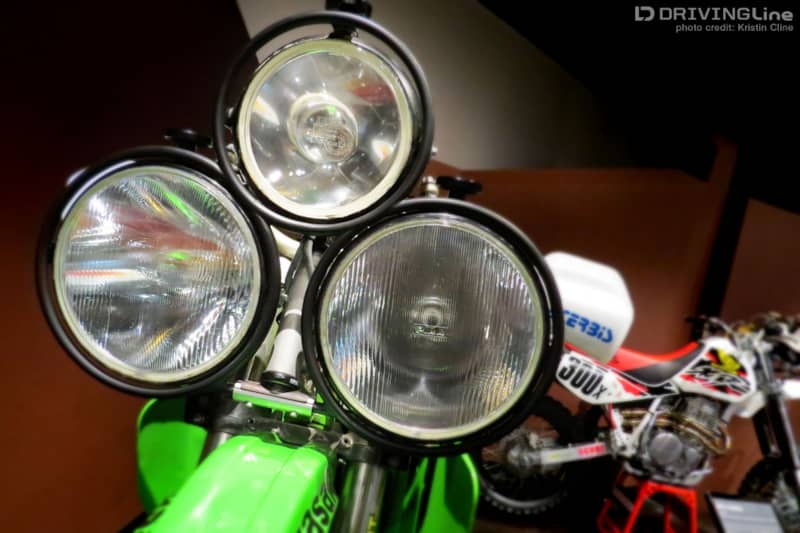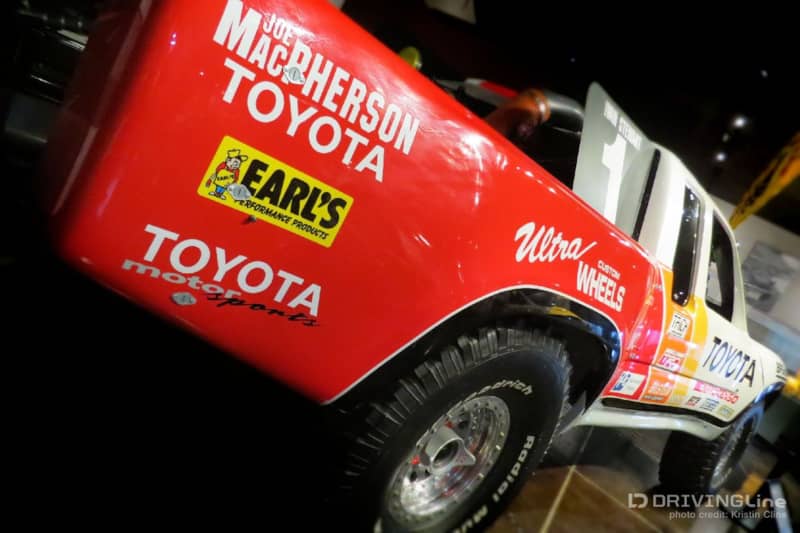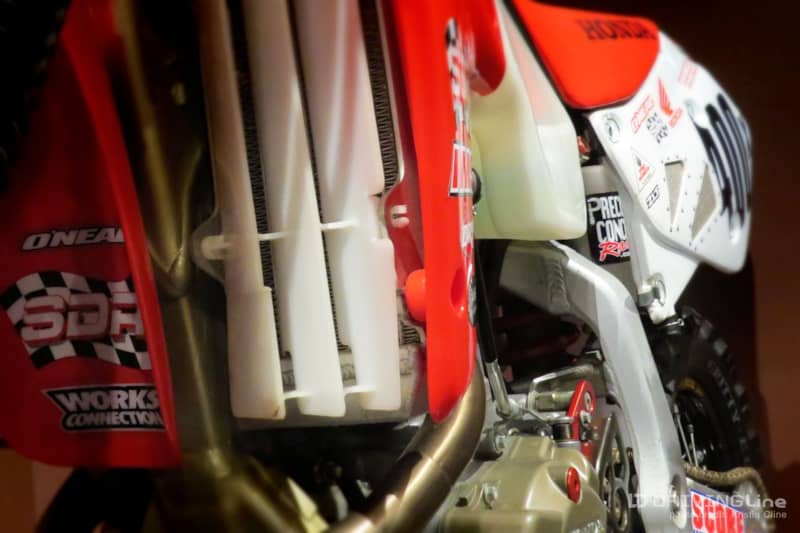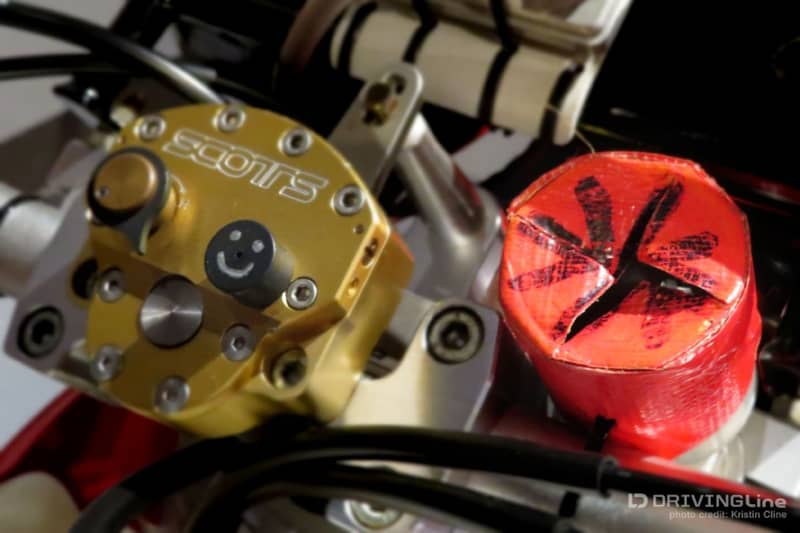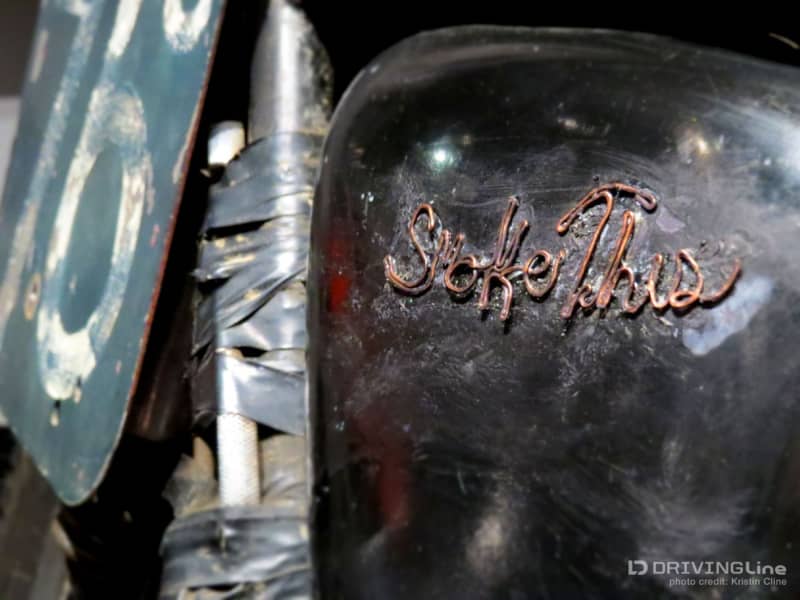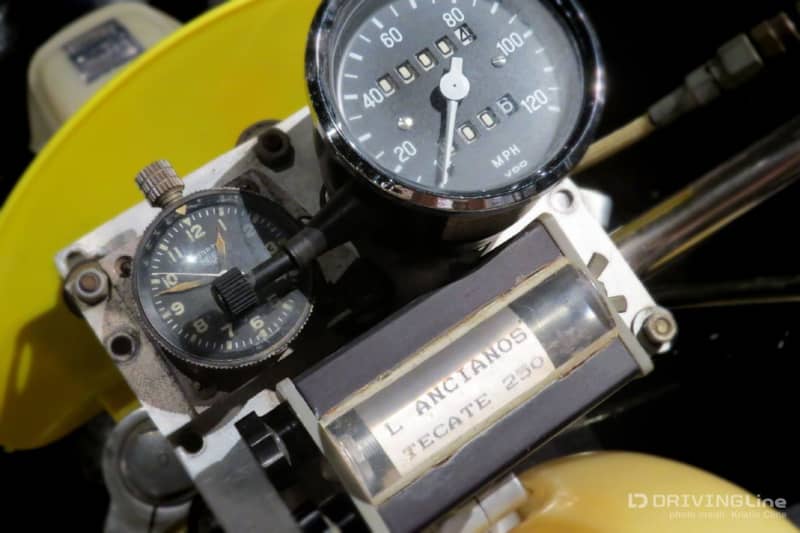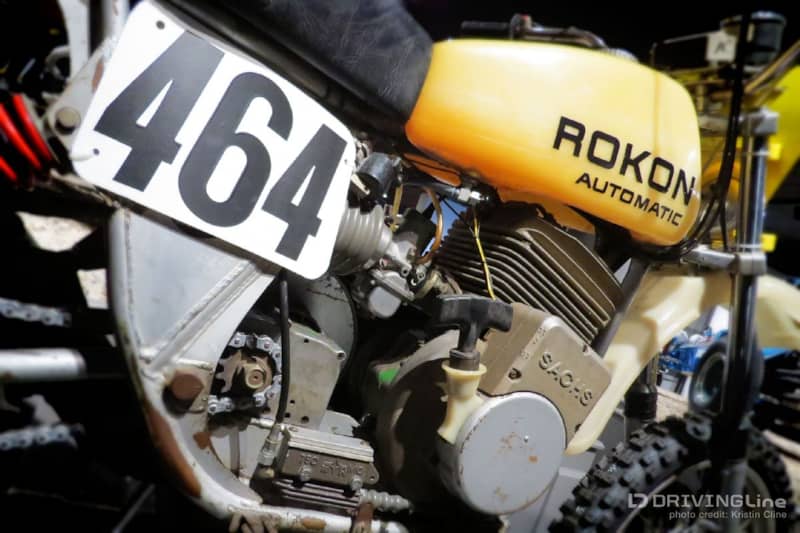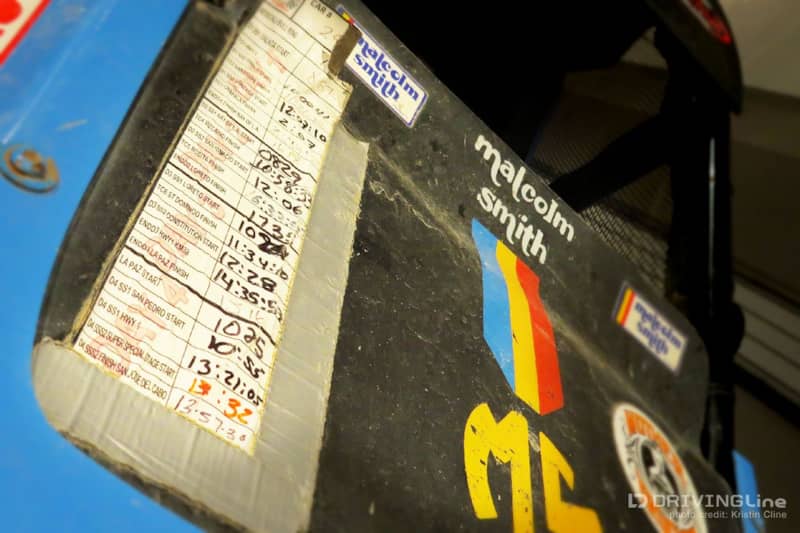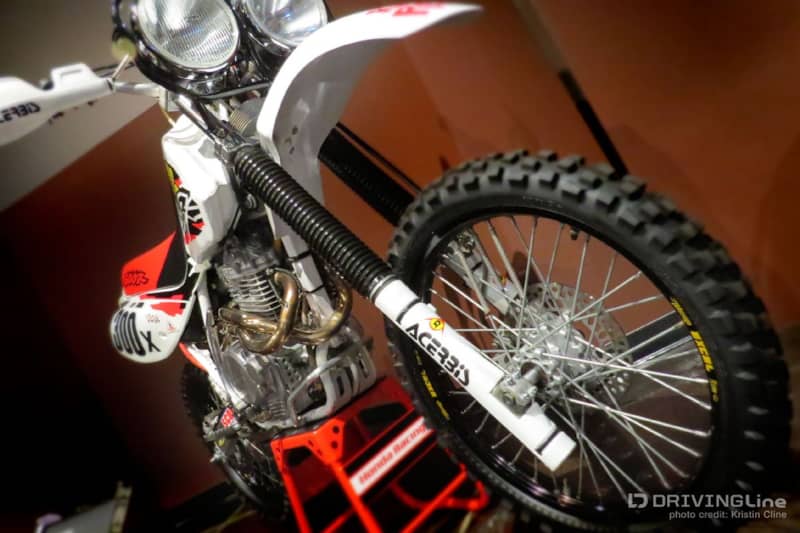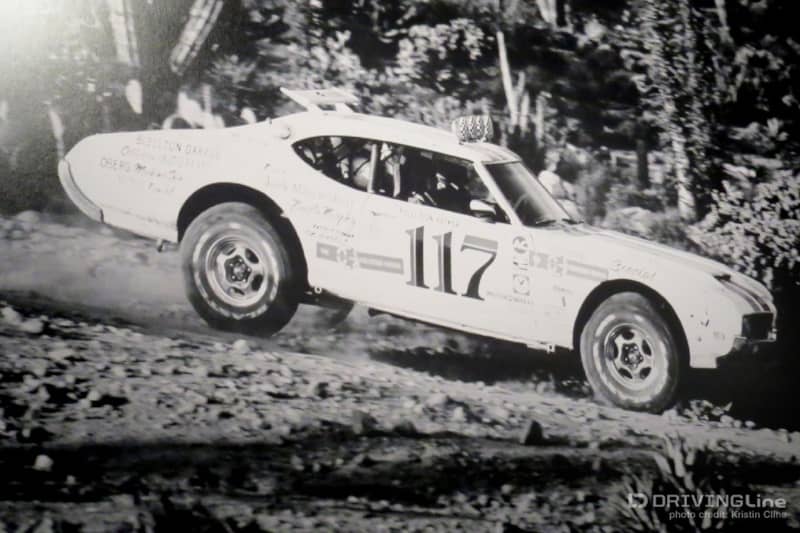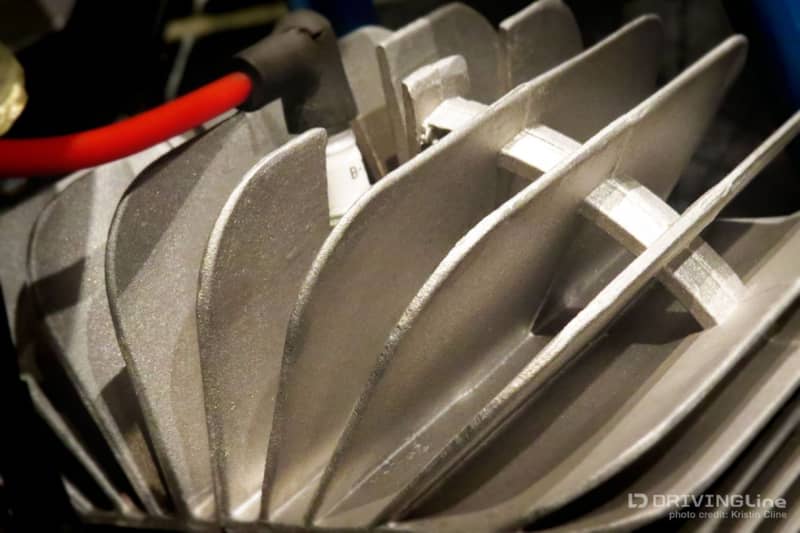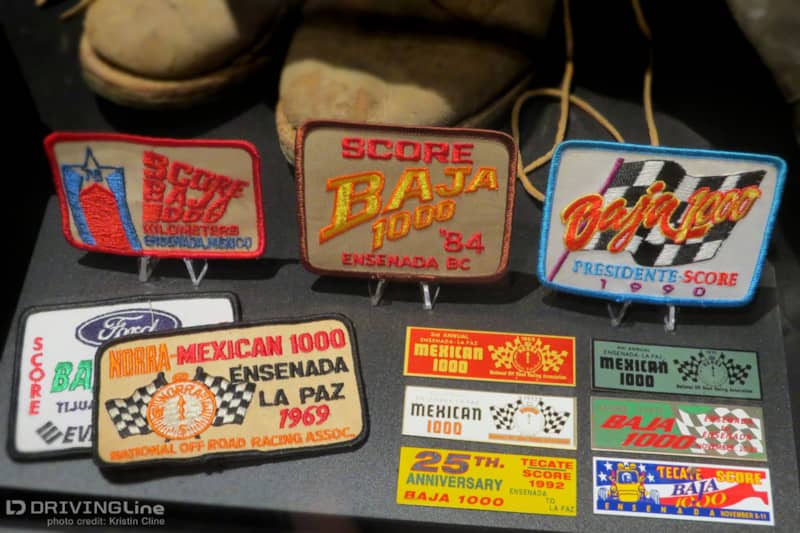Baja 1000 Basics: The Ultimate Test of Man vs. Machine
Nothing tests the limit of Man vs. Machine like the Baja 1000. Brutal, unpredictable terrain—it stretches the endurance of not only the machine, but also the man. A physical and mental test like none other, the race sees world-class racers, hobbyist hot rodders and celebrity enthusiasts gather in Ensenada each November to take on the challenge.
An exhibit at the Petersen Automotive Museum in 2013 brought together many relics of the race's history—and shows not only an evolution of the race but also brings to life it's history. For those less familiar with the race, read on to find out how it began and why it continues to hold such a respected place in endurance racing.
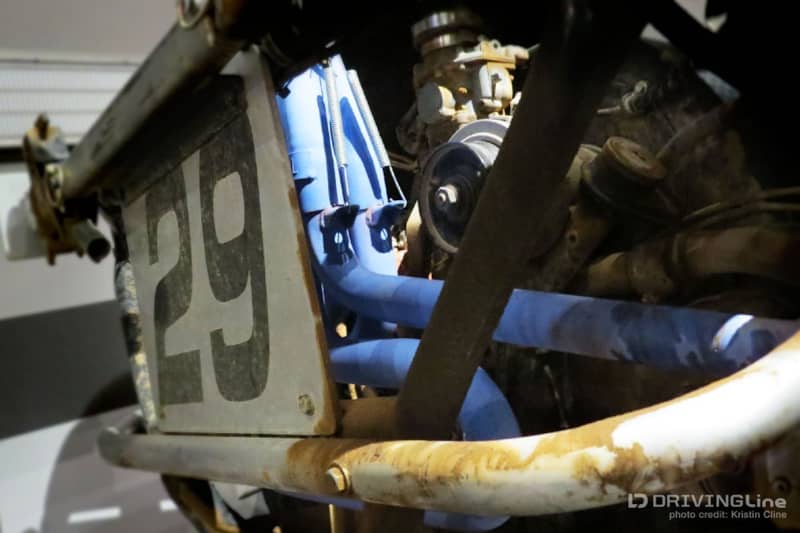
The original concept of an endurance run down the Baja peninsula started in 1962 with motorcycle stuntman, Bud Ekins. He'd been approached by Honda asking for a publicity stunt to promote their new Honda CL72 Scramblers. Ekins suggested the Baja Peninsula... the rest is history.
The First Baja 1000
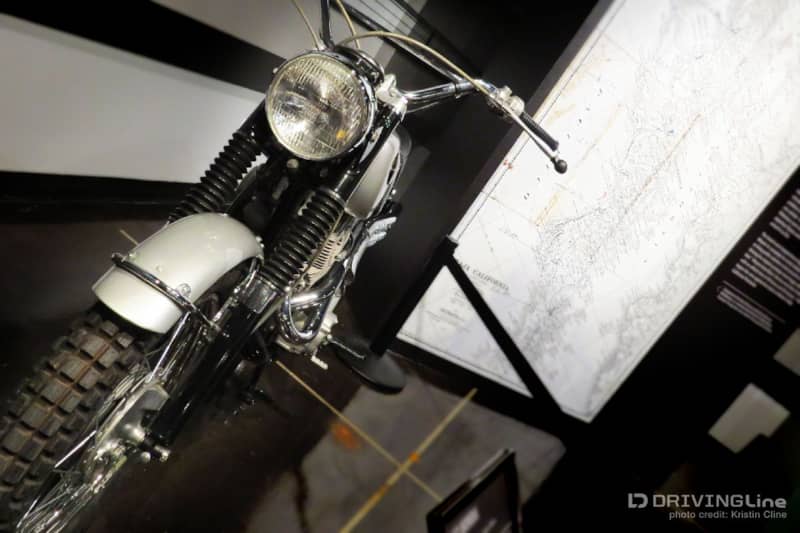
Taking off from Tijuana at Midnight in March of 1962, Bud's brother Dave Ekins and Bill Robertson Jr. embarked on the very first "Baja 1000" run. They had carefully planned out their 963-mile route and had both support teams and multiple checkpoints along the way. 39 hours and 56 minutes later, Ekins arrived in La Paz—sending a telegram to document his time. Four hours and some mechanical issues later, Robertson limped to the finish on one cylinder.
After that initial timed run, other people began privately making the trip—pitting themselves against the clock and the elements. Like any autosport, specialized modifications began being made. As decades passed, the highly technical vehicles we see in the modern Baja 1000 evolved.
Meyers Manx is Born
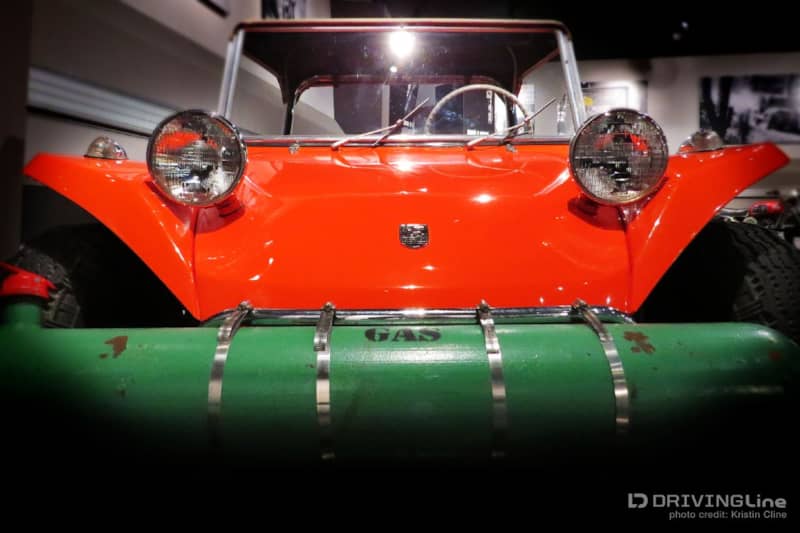
Bruce Meyers, a surfboard shaper, was the next to follow Ekins for using Baja as a publicity stunt. He’d modified the dune buggies that were popular around So Cal beaches—making a lightweight, fiberglass body atop Volkswagon running gear. Mimicking the ’62 run, Bruce set off to test his '64 Meyers Manx “Big Red”—cutting off five hours from Ekins' and Robertsons' initial journey and setting a new 4-wheeled Baja record. Meyers buggies continued to do well, winning the first official “Mexican 1000” in 1967.
The Baja 1000 Route
From ’67 on, the Baja race has gone on in one form or another every year, save '74. SCORE took over as sanctioning body of the race in '74, with Sal Fish continuing to oversee its preparations and execution until recently. Running anywhere between 650 to 1,100+ miles—the race course changes yearly. Sometimes it runs in a loop, both beginning and ending in Ensenada and other times it's a peninsula run, beginning in Ensenada and running down to La Paz. The course includes a little bit of all terrain; rocks, sand, dirt and the dreaded silt.
The Baja 1000 now attracts over 300 entrants who compete in more than 30 classes and growing… which still includes a class for the beloved Baja Bug.
Another First... Riding Triumphs
Bud Ekins, the man responsible for the first run in '62, couldn’t take part initially—he was a Triumph dealer and the project involved Hondas. Four years later, the Ekins brothers, along with a couple friends, did the Baja trip riding Triumphs—two rode TR-6s and two were on TR-5s. These four bikes endured, completing faster than the ’62 time and without the ground support.
The bike below is a replica of one of the Triumph TR-6s from that trip. Bonus points if you can locate the clever attachment of tools via electrical tape and C-clamps on the TR-6.
Continuing to Build
Over the years, modifications centered on engines, lighter and stronger chassis and lights. This 1971 Husqvarna 400 combined a lightweight steel frame and a powerful 395cc engine. A hugely successful bike in motocross during its time, this example just happens to be the exact bike that Malcolm Smith rode in the final scene of Any Given Sunday alongside Steve McQueen and Mert Lawwill.
The Baja 1000 began for publicity, and it continues to be used towards that purpose (along with many people in it for the glory). In '72 a Swedish bike maker, Monark, entered this tiny 50cc Monark Schoolboy Scrambler not to win the race, but to finish—thus helping to promote its product back home. It not only finished, but placed 6th in the 125cc class!
Harley Davidson in Baja
Harley Davidson’s have had their share of success in Baja as well. The large ground clearance of the '70 Harley Davidson Baja 100 proved popular for desert racing. In the '71 Baja 1000, 8 out of 10 top places went to Harley’s.
Simple Modifications and Beyond
With a race that takes more then 24 hours to complete, nighttime conditions can pose problems. When you’re traveling in unknown off-road situations, at the fastest speeds possible, being able to see is a huge advantage. Eventually someone had the “bright” idea of adding two lights instead of one. This 1994 Kawasaki KX500 took it a step further with three lights!
In the early '90s, Trophy Trucks began infiltrating desert racing. In a class all their own, Trophy Trucks are unlimited when it comes to modifications. Tube frames, fiberglass bodies, high horsepower engines and specialized suspension makes them beasts in this terrain. They're first to take off from the start line at events nowadays, as a Trophy Truck is the last thing a less-capable vehicle wants to see in their rearview mirror.
Ivan Stewart became the first solo driver to win the Baja 1000, in 1993, doing so in his '84 Toyota.
The first man to attempt solo driving on a motorcycle during the Baja 1000 was Mike “Mouse” McCoy. The year was 2002 and his attempt is documented in the popular movie Dust to Glory. Riding on a Honda XR650R, a highly competitive and very successful bike of its day, using an aluminum box frame with a liquid-cooled 649cc engine, Mouse demonstrated that the fight isn’t only Man vs. Machine, but also Man vs. Self.
It seems the struggle against ourselves has always been the underlying drive in man's long story with automobiles, and particularly within racing. While fighting these machines and taking them to the edge, we’re also pushing ourselves to the limit. No matter how far technology takes us, we’ll always want to go further.
Enjoy a few more pieces of the Baja 1000 from the Petersen exhibit and watch for more Baja 1000 coverage coming at you from Driving Line.
The Braving Baja: 1,000 Miles to Glory exhibit was featured at the Petersen Automotive Museum in 2013.
This article is a revised version of one originally published on Driving Line in May of 2013.
See what's coming for you during the 2017 50th Annual SCORE International Baja 1000, here.




